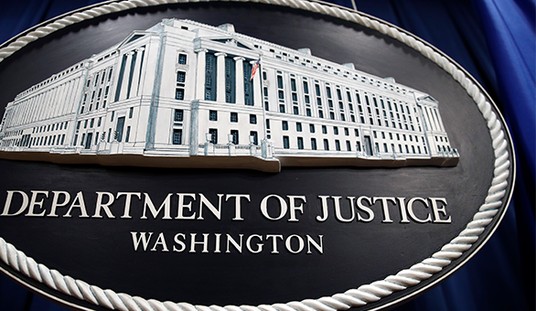America’s racial composition is changing rapidly. In 2012, the Census Bureau predicted that whites would no longer be the majority group by 2043. This trend is already reshaping many states: during the 2000’s, California joined Texas, Hawaii and New Mexico as a state without a majority racial or ethnic group.
These demographic shifts have exposed serious deficiencies in American education. African Americans and Latinos make up about 50 percent of California’s high school graduates but less than 17 percent of students in its public university system. According to the Pew Research Center, more blacks and Latinos are enrolling in college, but they lag behind in earning bachelor’s degrees. Blacks make up about 13 percent of the population, but just 9 percent of young adults with four year degrees. Latinos account for 16 percent of the population and just 9 percent of bachelor’s degrees. (By contrast, Asian Americans make up about 5 percent of the population and hold 11 percent of bachelor’s degrees.) The difference is even more pronounced in Science, Technology, Engineering and Math (STEM) fields. More than 60 years after the landmark Brown v. Board Supreme Court decision, educational outcomes are arguably worse for blacks than they were under segregation. According to Child Trends, a non-profit
research center, black children are already significantly behind their white counterparts by age two. These disparities continue through high school where blacks score an average of 100 points lower than whites on each section of the SAT and are more likely to drop out before graduating. According to the National Math and Science initiative, just 12 percent of blacks and 17 percent of Latinos take algebra before high school (very helpful when pursuing a STEM major), compared to 48 percent of Asian Americans.
Recommended
Unfortunately, many proposed remedies to the education gap are designed to address the markers used to measure progress rather than the progress itself. For example, it does no long-term good to address the disparity between the numbers of black and white students who are held back in Kindergarten by just changing the requirements for advancement. Furthermore, changing admission standards or setting racial quotas at competitive universities often has unintended consequences.
In 2013, the LA Times ran a heartbreaking profile of Kashawn Campbell, and African American student who, after becoming class salutatorian in his South Los Angeles high school, found himself in danger of failing out of UC Berkley. After years as a straight-A student in high school, Campbell found he “had barely passed an introductory science course. In College Writing 1A, his essays — pockmarked with misplaced words and odd phrases — were so weak that he would have to take the class again.”
Georgetown University freshman Darryl Robinson found himself similarly challenged even after a stellar academic high school career in Washington, DC. He wrote bluntly in the Washington Post: “Even though I attended some of the District’s better schools…the gap between what I can do and what my college classmates are capable of is enormous. This goes beyond knowing calculus or world history, subjects that I didn’t learn in high school but that my peers here mastered long ago. My former teachers simply did not push me to think past a basic level, to apply concepts, to move beyond memorizing facts and figures.”
As the country’s demographics continue to change, improving educational outcomes for blacks and Latinos—who will soon make up the majority of our workforce—is becoming an economic imperative. Although “white privilege” may explain some of the gap, Asian students consistently outperform whites academically, despite many speaking English as a second language. Asians also face well-documented discrimination in the college admissions process, needing to score about 140 points higher on the SAT than their white counterparts to
gain admission to elite universities. And while they make up a large segment of the STEM workforce, the American Institute for Economic Research found that Asian tech workers at American firms were paid an average of $8,146 less than whites.
How have Asian Americans achieved such remarkable educational success, despite many facing the challenges of immigration and discrimination? Last year, a study of Asian academic achievement that examined multiple variables in thousands of students from Kindergarten through twelfth grade was published in Proceedings of the National Academy of Sciences. The findings were shockingly simple: Asian American students were found to exert “greater academic effort.” In short, they work harder.
There is undoubtedly a cultural component: “cram schools,” where students spend hours working after regular school, are the norm in many Asian countries. According to World Education News and Reviews, the average South Korean student spends 13 hours a day studying. The educational achievement gap is complex and will require a variety of
creative solutions to address effectively. But one component that cannot be ignored is ensuring all students invest the time and effort necessary to become successful.

























Join the conversation as a VIP Member